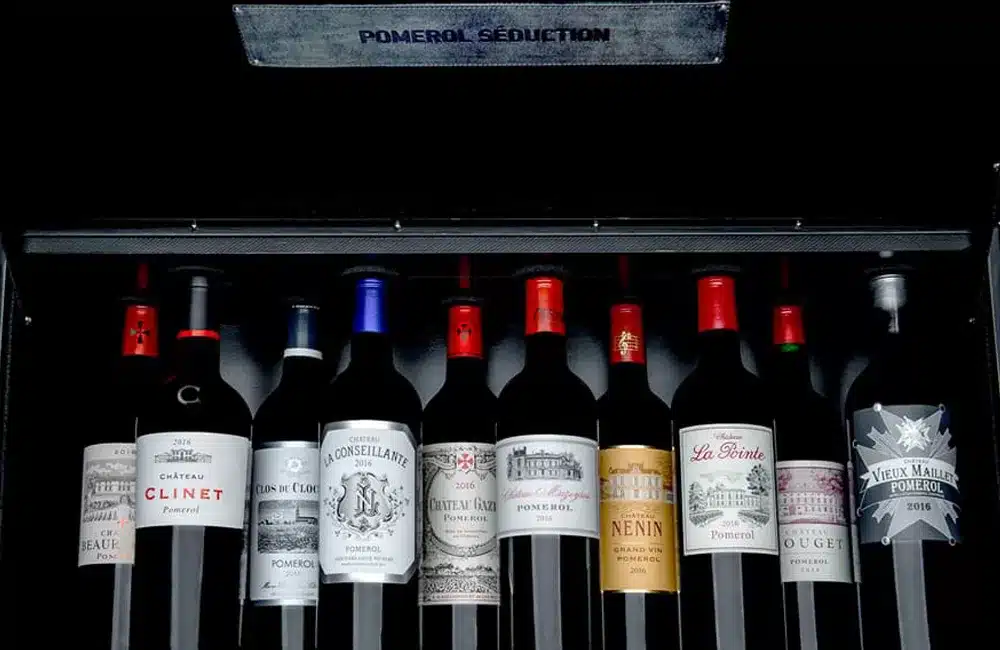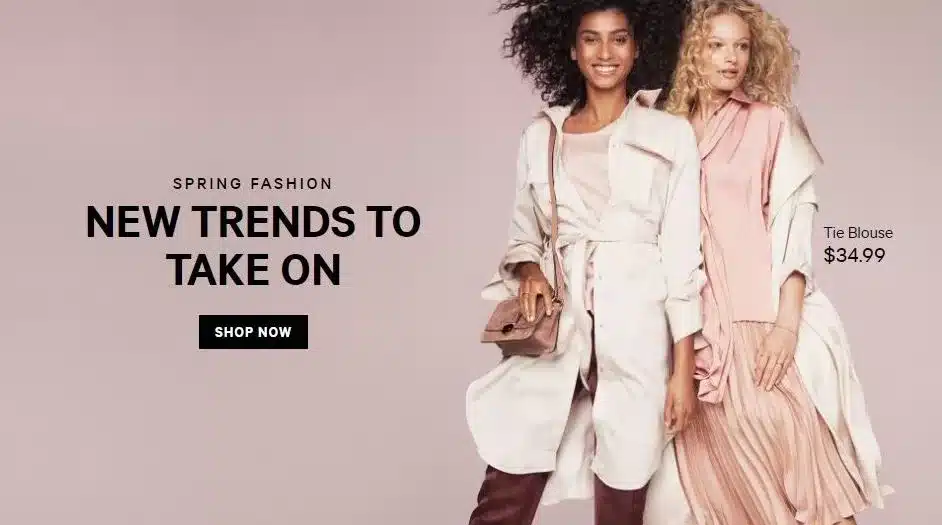Last year was wildly volatile. Yet some vintners continue to record their best sales ever. Others are seeing signs of sales returning, and some didn’t have much of a bump to begin with. New challenges pop up constantly, the most dramatic being a near overnight shift to ecommerce, online ordering and delivery.
Consumer behaviour has changed, too. Never before has so large a proportion of revenue source moved in one fell swoop. If it hasn’t hit you yet, then to spell it out, this is a once-in-a-lifetime opportunity. A whole raft of potential new customers, fresh-faced and squeaky-clean, pockets full, ready to be offered products and tastes never before experienced to be embraced for their pleasure, and your profit.
Maximising success in this new landscape means that a retailer’s approach to buying and stocking wine must evolve. We polled retailers around the country on their strategies for successfully managing inventory in the new normal.
Bulk ordering for healthier margins
Operating an online shop and offering delivery service has different demands on margin. Costs, including web-hosting fees, higher credit card processing, delivery (vehicles and drivers), and additional insurance, all add up quickly.
Balanced by easily accessible markets and unimaginably cost-effective consumer capture and marketing opportunities, that are now available online. Make sure your website is up to date, both technology, look and feel. Has your audiences shifted, are your images and design outdated, and does the feel match the customer base you serve, and the culture they embrace? To do otherwise is like trying to push water uphill.
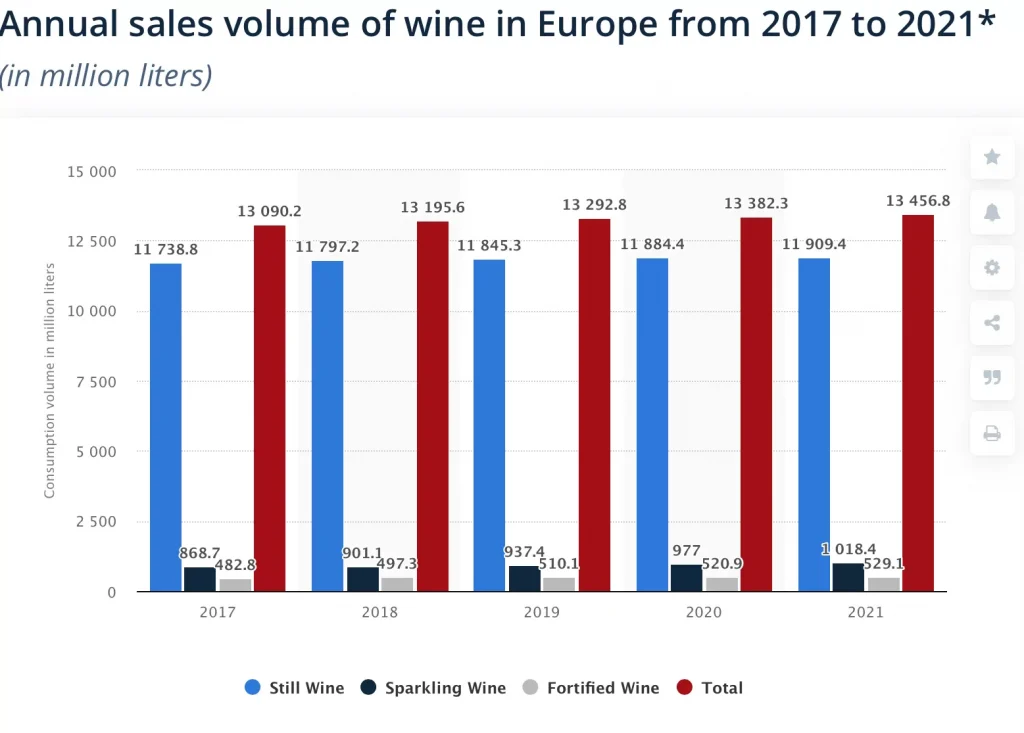
Setting up a new item in your online shop is likely a more involved process than setting up something like your POS system. Writing enticing copy, adding eye-catching photos, tagging items, and adding them to collections all take additional time and focus. Consider shifting an existing salesperson into this role or hiring someone to do it part-time, especially if you’re bringing your full inventory online.
Many retailers create checklists which include all the elements needed to set up a new item. During downtime, team members review a master list of incoming items to get a head start writing tasting notes and other selling points.
Everyone is trained on a standard bottle shot format and filter, so as soon as the wine arrives, anyone in the shop can take a picture, fill in the details and description, and add the item to the web store. Run regular reports to ensure that you haven’t missed any items or a key part of the setup.
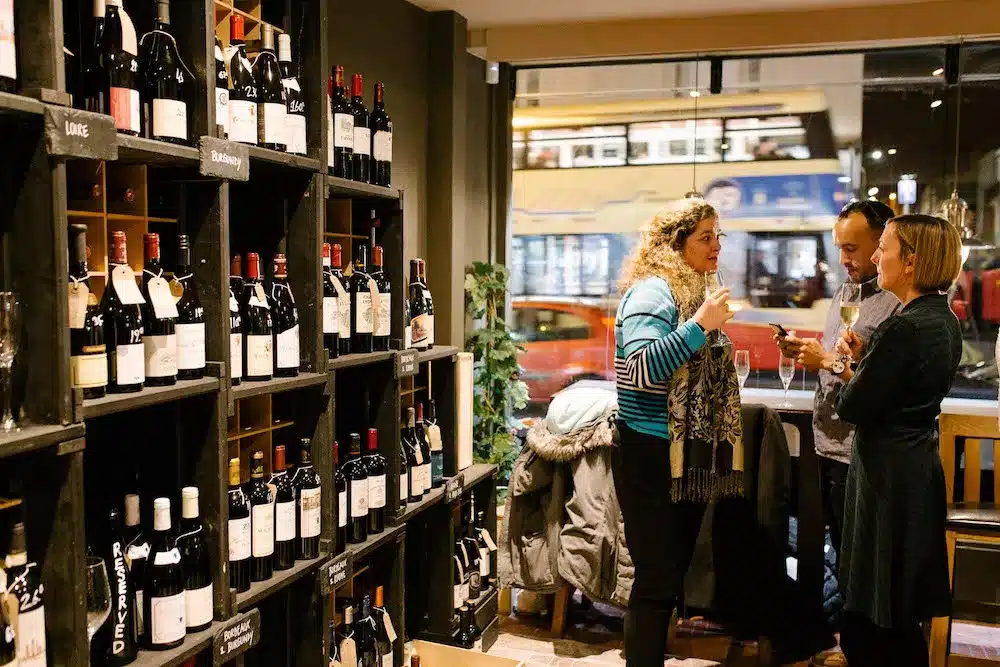
Strike the Right Balance Between Comfort and Quirky
Lauren McPhate at Tribeca Wine Merchants reports, “People are buying what they know—Sancerre, white Burgundy, rosé, Pinot—so we’re not selling as much of the fun, geeky stuff that we usually can when we run tastings or have more staff on the shop floor.”
When Domaine LA moved to a pick-up/delivery model, owner Jill Bernheimer had planned to shift to more of a warehouse model, purchasing bulk deals on a limited number of high-turn items while scaling back on the small-run items that weren’t continuously available. But, she says, she quickly realised, “I need to sell what I love to sell. It’s now more of a hybrid approach, with new items featured on the website to keep it fresh.”
Embrace technology virtually
The primary use case of VR/UX technology within the wine industry is to support selling wine with an experience previously unavailable. The consumer can now get a deeper and more meaningful enjoyment from their wine purchase experience like never before. The idea is simple: wine lovers who might not be able to visit a winery in person can now visit that winery by clicking on it that bottle on their smartphone, and see, not only that wine but also what that product represents, in its own home.
This is an especially useful strategy for wine from beautiful locations – they all are! Consider the luxury of clicking on a Chateau Lafitte Rothschild and being able to enjoy not only the vineyard but the heritage and culture as well. Perhaps even walking around the cellar at your leisure.
This is the future of ecommerce marketing and brings scarily futuristic applications to complement culture and tradition. This is an experience previously unheard of in the wine trade. Early adoption will differentiate those retailers who know how to grasp an opportunity, and those reticent to change. Winners and losers take note. There is no point saying in ten years, we should have done that.
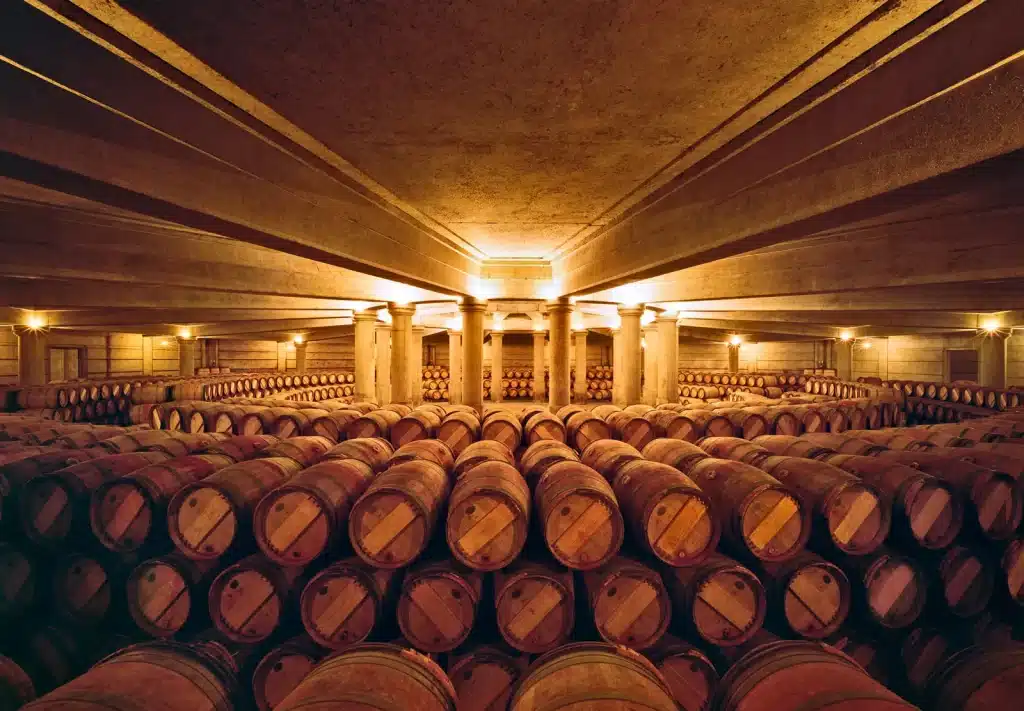
Hyper-personalisation is the future of ecommerce marketing
There is no greater example of personalisation possible than in the sale of wine. All the nuances and subtleties of the imaginations and tastes of individuals are reflected in the rank-and-file racks of each wine bottle on the shelves at the largest bricks-and-mortar retailer. How then to convey exactly the perfect offering, on an individual level, to the right person at the right time?
To address this issue hyper-personalisation software was devised. Instead of software that segments audiences into groups, like red drinks or white drinkers, French or New World etc, this software uses buying history and individual impressions (clicks of what they look and and come back to) to identify which products have the highest buying propensity for that individual at exactly that moment in time. It sends them details to capture this additional sale.
While that consumer might have a glance at a promotional item, as the hype for its release appears, if their tastes only ever run to a Cabernet Sauvignon blended with a bit of Merlot then that’s where the money is – for that individual.
The couple next door of course will be entirely different, a Beaune and Nuits Saint George for them. More infinite than varieties of wine is the human capacity for distinction and uniqueness.


